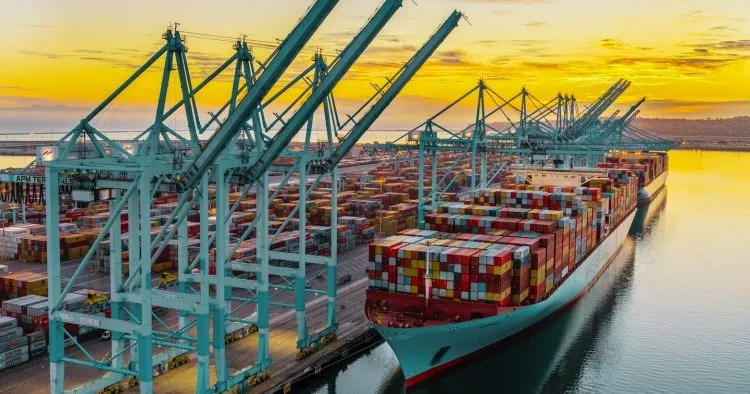Optimistic Signs for Vietnam’s Seafood Industry from the U.S. Market
0 / 5. 0
Vietnam’s seafood industry is receiving positive policy signals from the U.S. market, with two “open-door” developments emerging at a crucial time: the United States has temporarily suspended its import ban on crab, and under the framework of the Vietnam–U.S. Reciprocal Trade Agreement, several tuna HS codes may soon enjoy a 0% tariff if conditions are met. These moves offer much-needed relief for seafood enterprises and open up new hopes for improving competitive advantages over the next 6–18 months.
The U.S. Temporarily Suspends Crab Import Ban
According to the Vietnam Association of Seafood Exporters and Producers (VASEP), on October 31, 2025, the U.S. Court of International Trade issued a ruling in a lawsuit filed by the U.S. National Fisheries Institute (NFI), the National Restaurant Association (NRA), and several U.S. seafood companies against the U.S. government regarding the implementation of the Marine Mammal Protection Act (MMPA).
Under this ruling, the effective date of the import ban on swimming crab from Vietnam, the Philippines, Indonesia, and Sri Lanka — originally set for January 1, 2026 — has been temporarily suspended until the U.S. National Oceanic and Atmospheric Administration (NOAA/NMFS) completes its review of “comparability findings.” The affected countries, including Vietnam, will have at least 60 days to submit additional information to NOAA for reconsideration, after which NMFS will have 120 days to issue a new decision.
The supplemental documentation must include bycatch data, stranding data, Irrawaddy dolphin conservation plans, and enforcement mechanisms, all translated into English and submitted via email to mmpa.loff@noaa.gov. This ruling offers a policy “breathing space,” yet the responsibility to complete and submit the required documentation rests with Vietnam.
At the same time, supply chain experts note that as the U.S. market increasingly shifts toward greener consumption standards, the advantage for Vietnamese seafood exporters will not lie solely in tariff reductions, but also in their ability to demonstrate “proactive compliance.”
This includes updating real-time fishing data, completing electronic fishing logs, enhancing fisheries monitoring using observer devices, sharing data with regulatory bodies, and ensuring that packaging materials, processing technologies, and transport methods align with low-emission and sustainability criteria. If leveraged properly, this could be not only an opportunity for recovery but also a chance to elevate Vietnam’s position in the global seafood supply chain, where the U.S. market often serves as a benchmark for buyers in Japan, the EU, and Australia.
0% Tariff Opportunity for Vietnamese Tuna
Another positive development came from the 2025 ASEAN Summit in Malaysia, where Vietnam and the United States reached a consensus on a Reciprocal, Fair, and Balanced Trade Agreement framework.
A key highlight is that many products listed in Annex 3 of Executive Order 14346, signed on September 5, 2025, are likely to benefit from a reciprocal 0% tariff rate.
Among these are:Fresh/chilled tuna (HS03023100);Frozen tuna fillets (HS03048700);Non-hermetically sealed, non-oil-packed tuna products, in loose or direct packaging exceeding 6.8 kg (HS16041440).
According to Ms. Nguyễn Hà, tuna market expert at VASEP, trade between Vietnam and the United States is currently in flux, as the U.S. has imposed a 20% reciprocal tariff on many Vietnamese products. Therefore, the 0% tariff mechanism will only selectively apply to product groups that meet criteria of “fair reciprocity” and transparent origin.
At present, Vietnamese enterprises are rapidly shifting toward value-added products such as loins, fillets, and large-scale processed tuna.
Over the next 6–18 months, if the 0% tariff is applied to the aforementioned HS codes, Vietnam’s tuna exports to the U.S. could regain growth momentum after the slowdown seen during 2024–2025. However, the core challenge remains: whether Vietnamese businesses can standardize traceability, maintain scientific data, and comply with sustainability standards.
These factors will ultimately determine whether positive policy signals can be translated into tangible growth.
Source: thuehaiquan.tapchikinhtetaichinh






